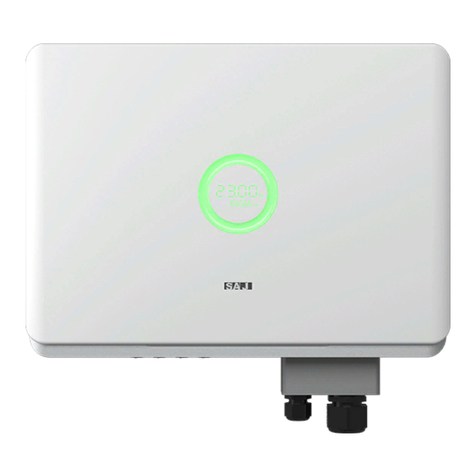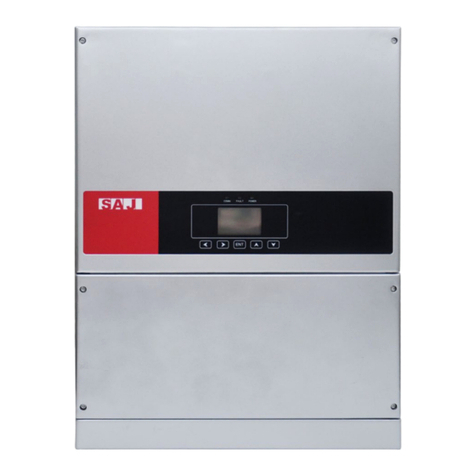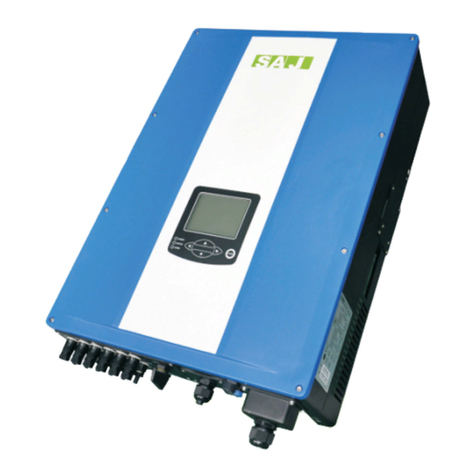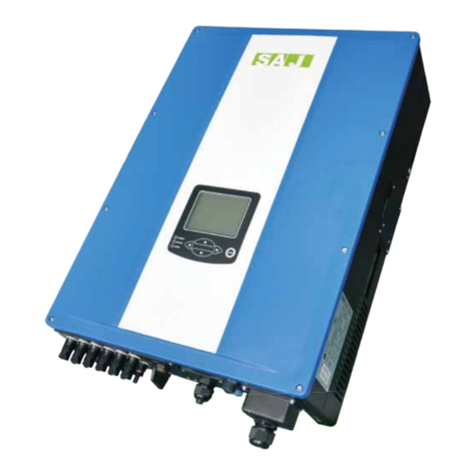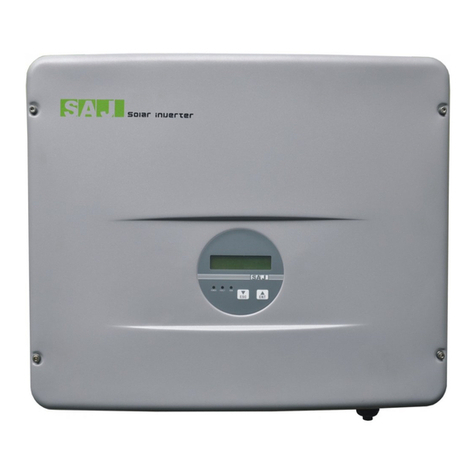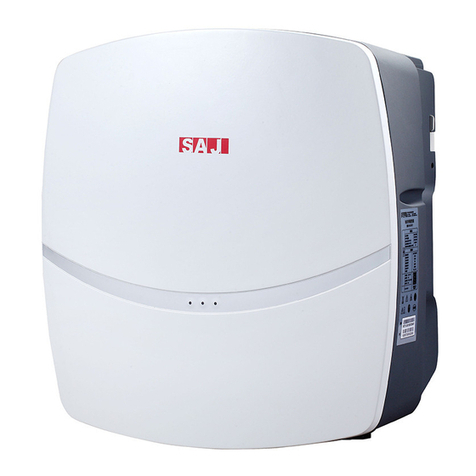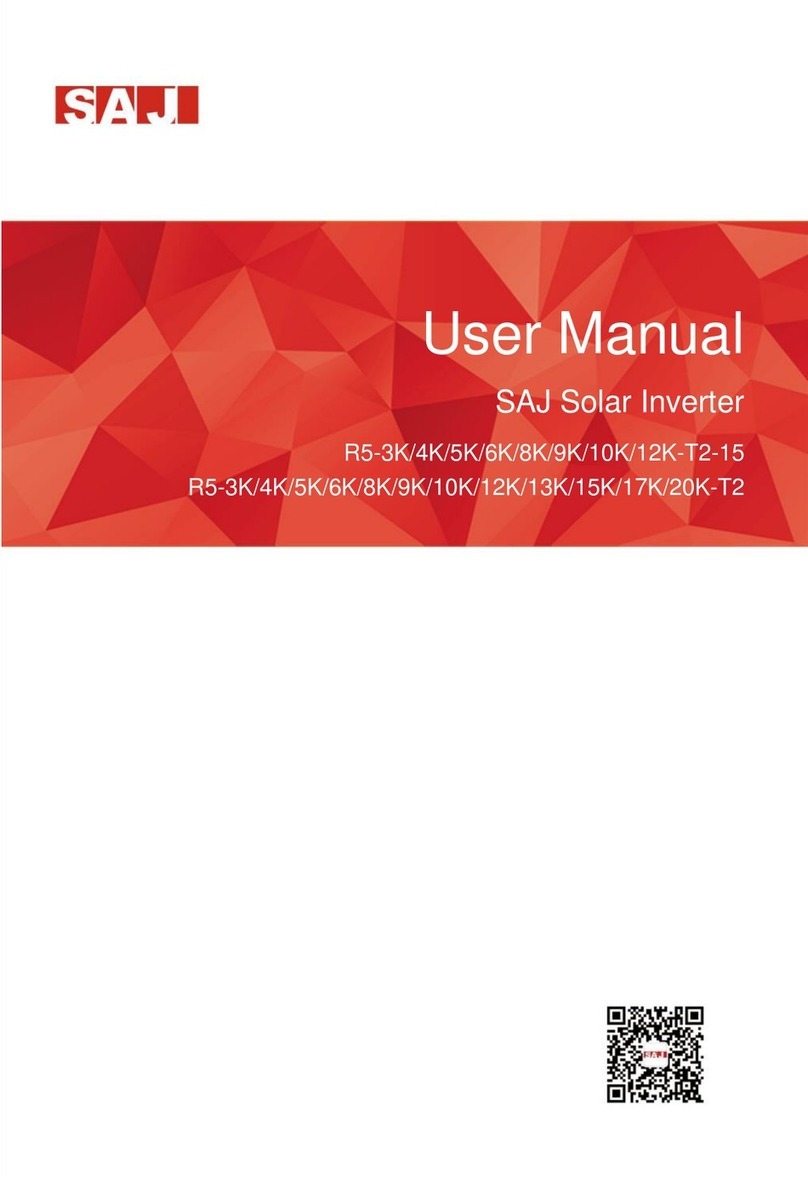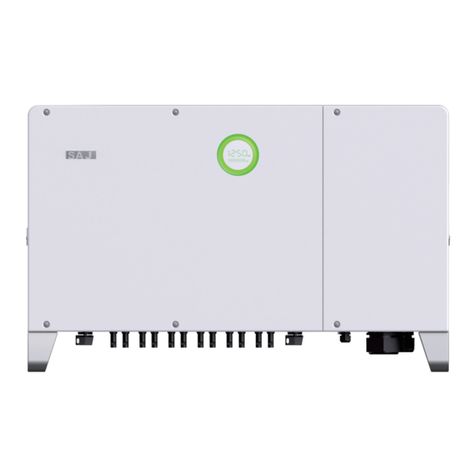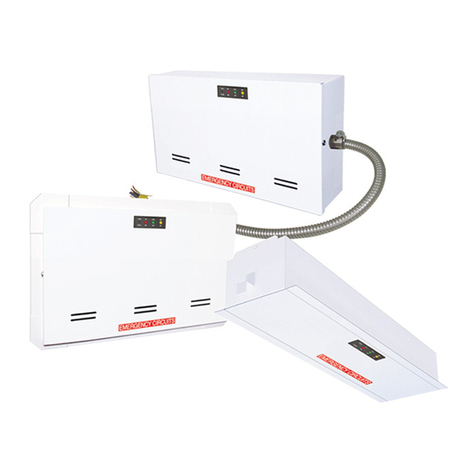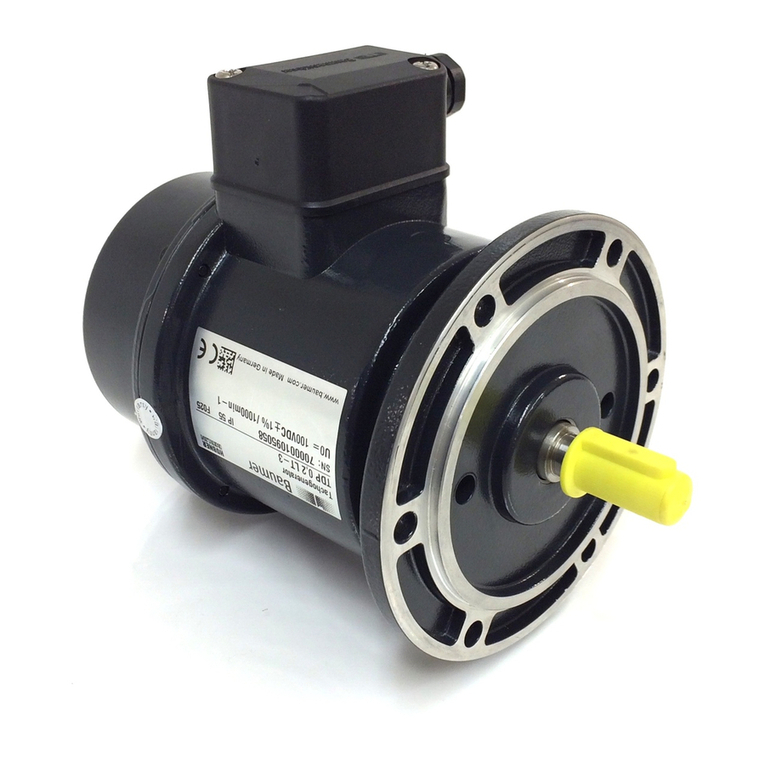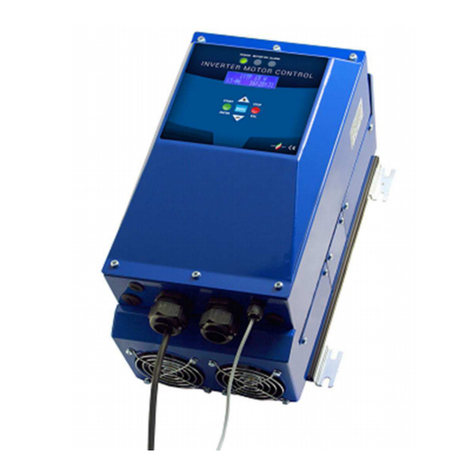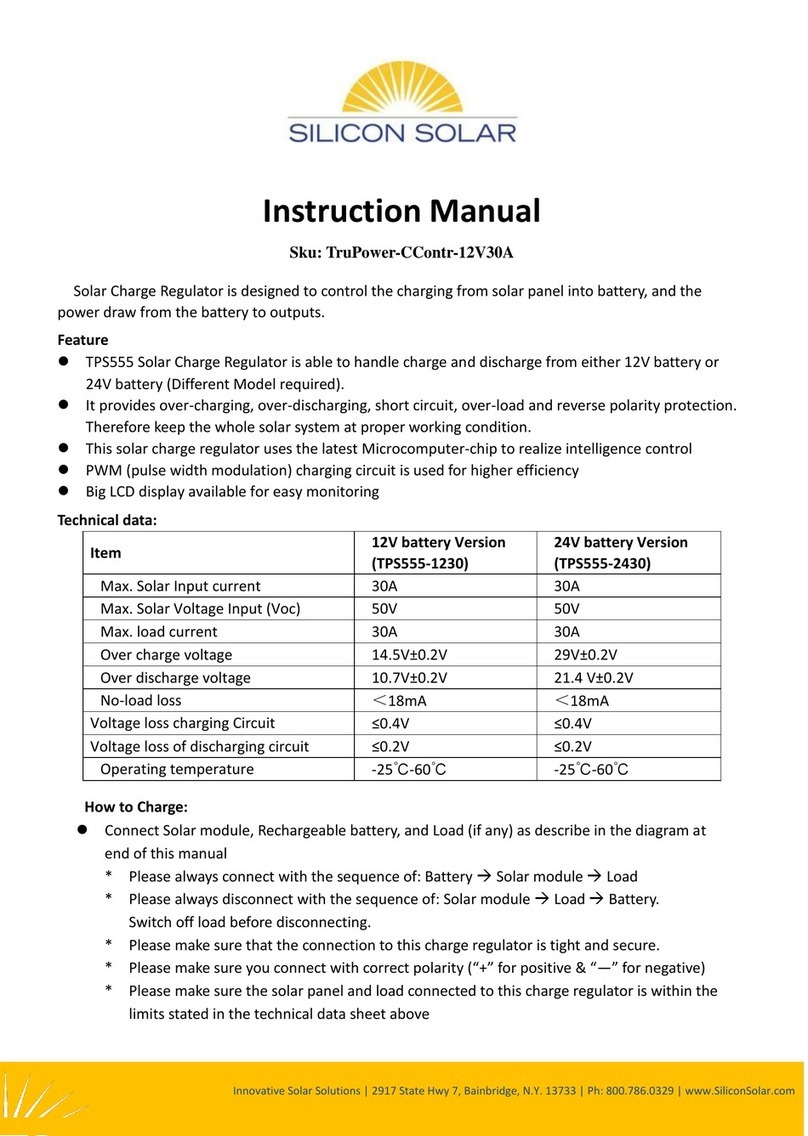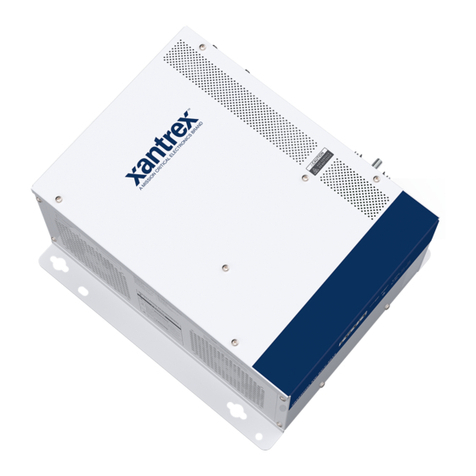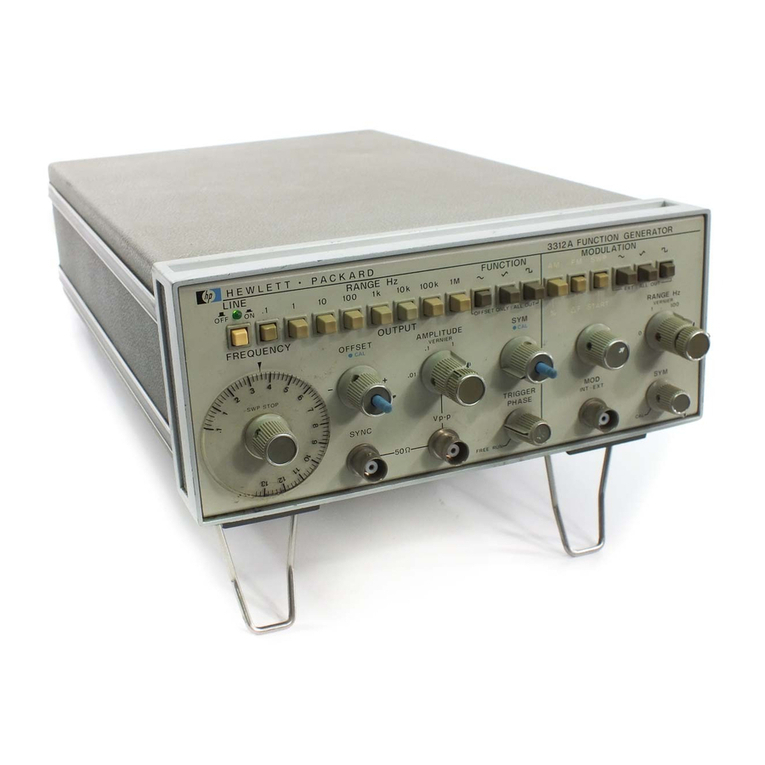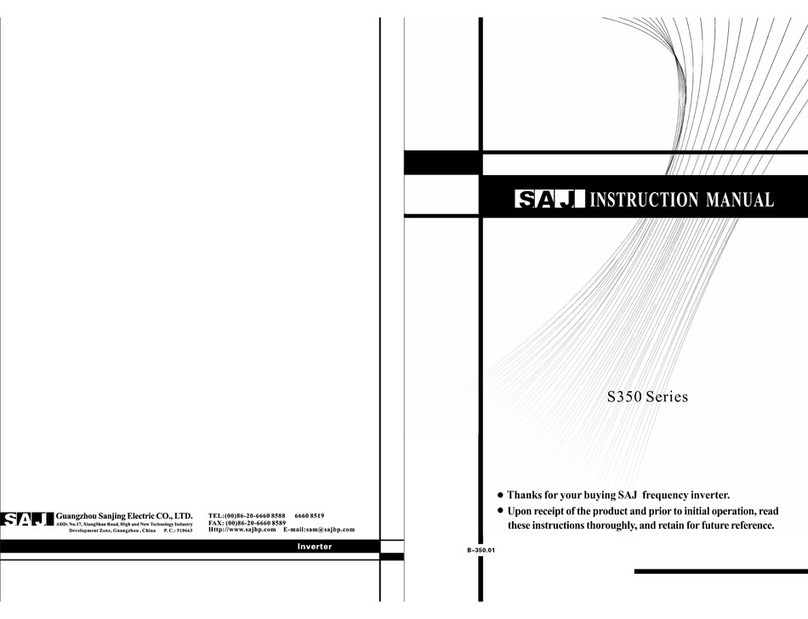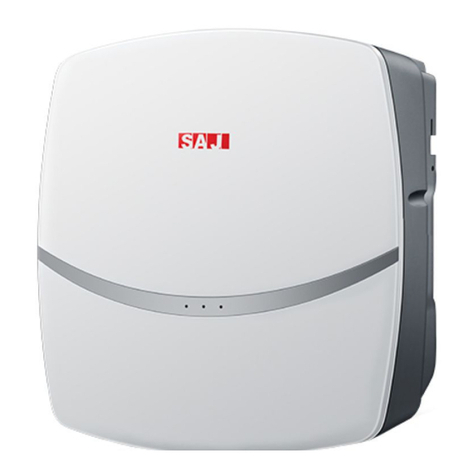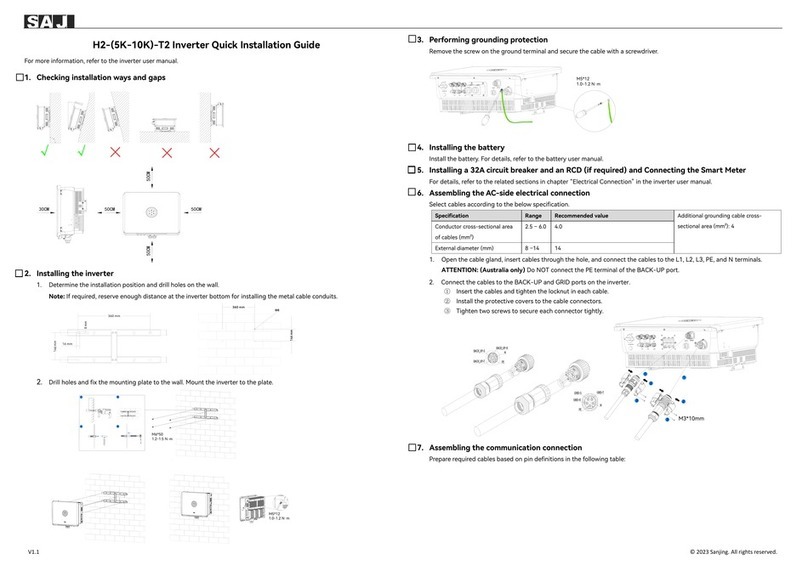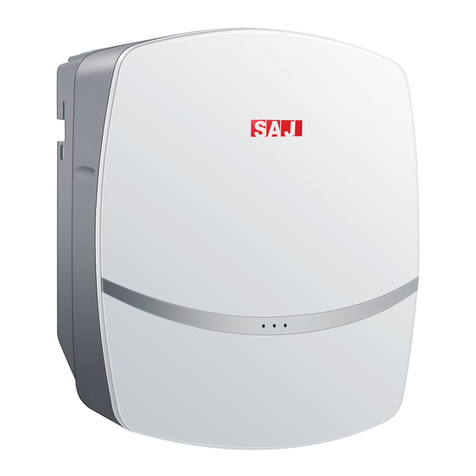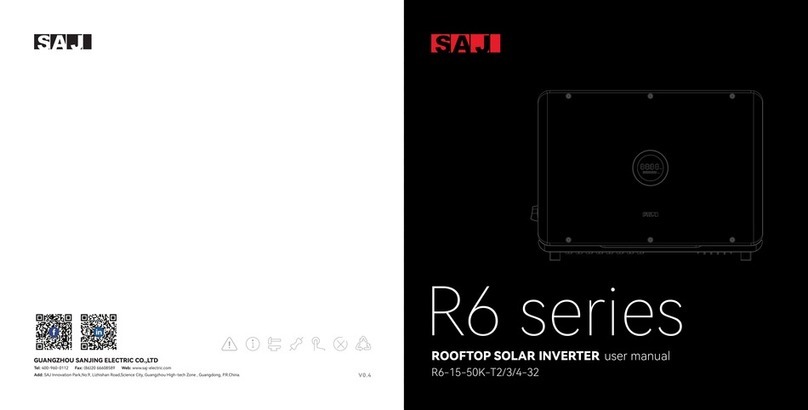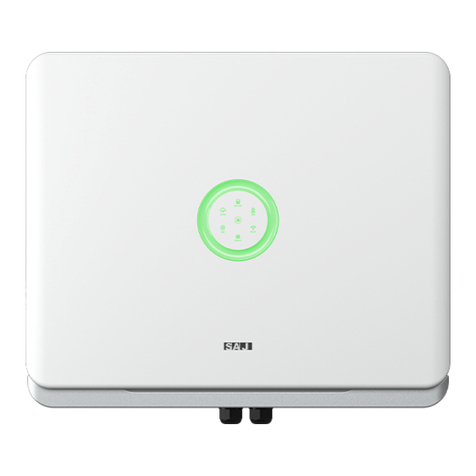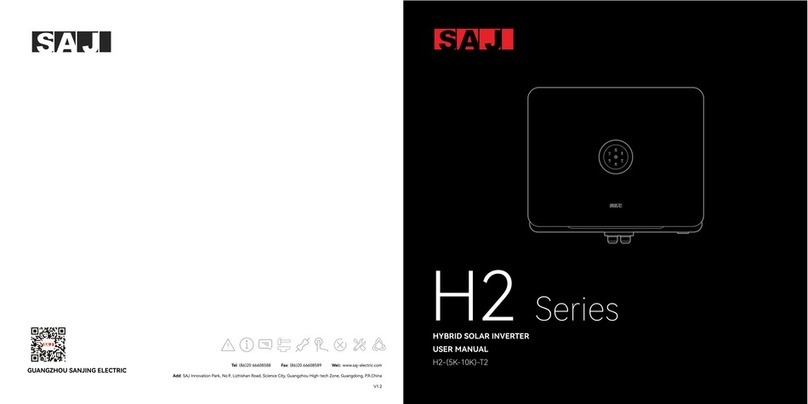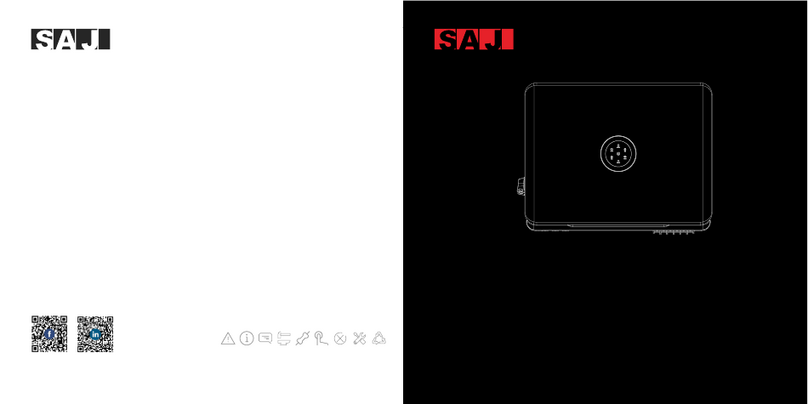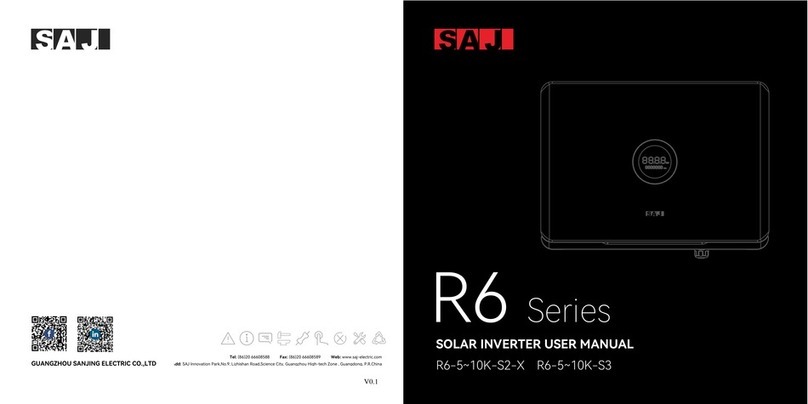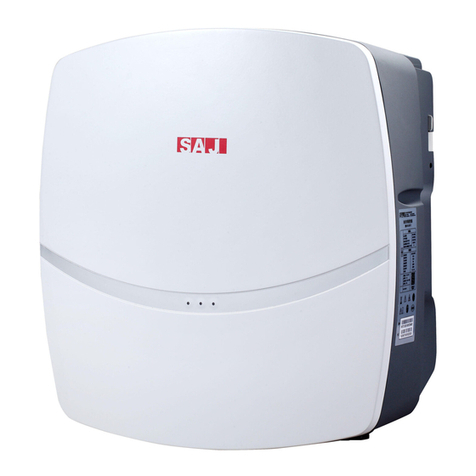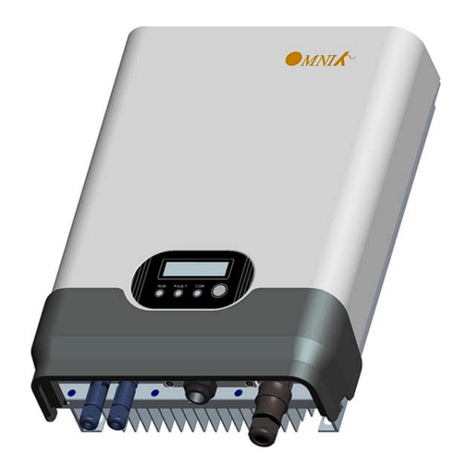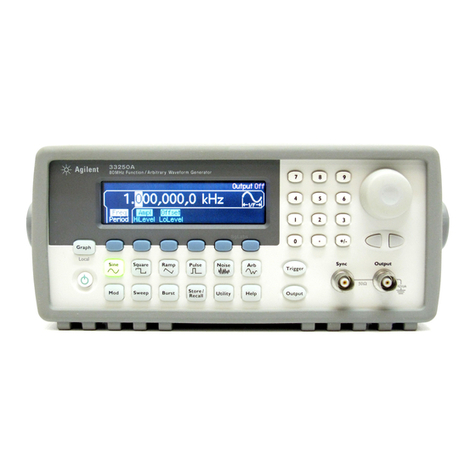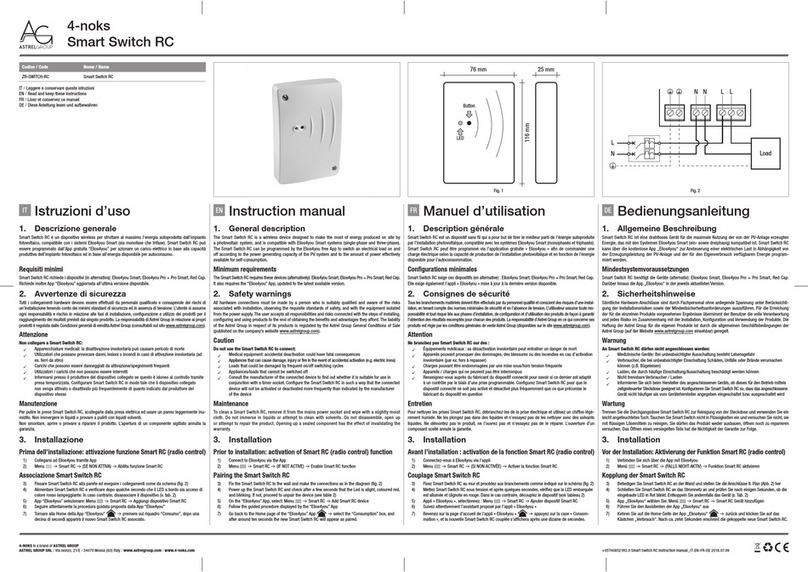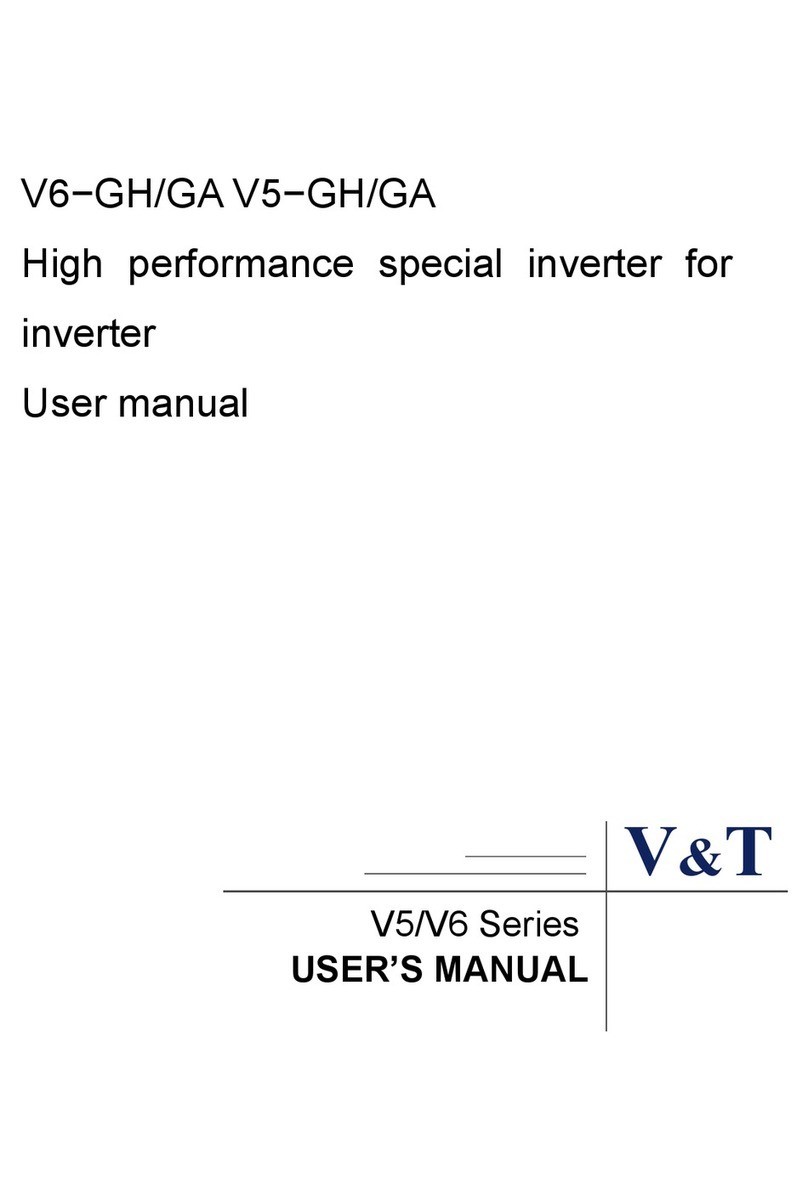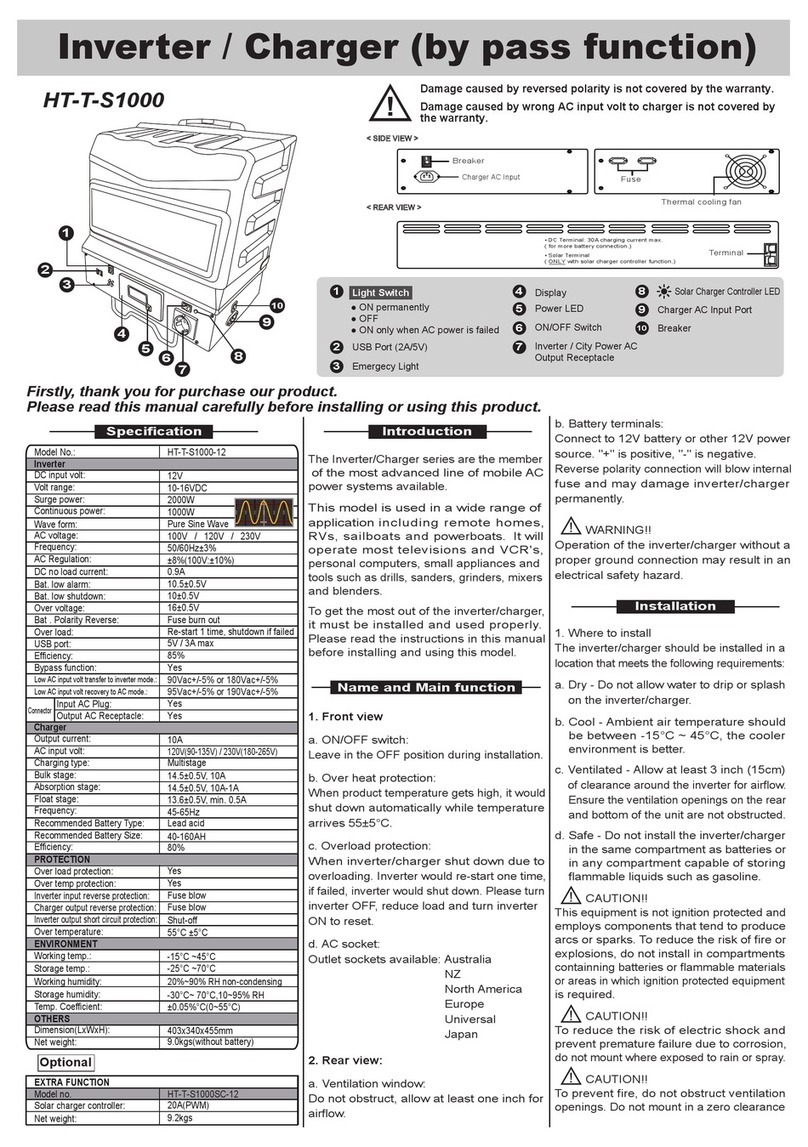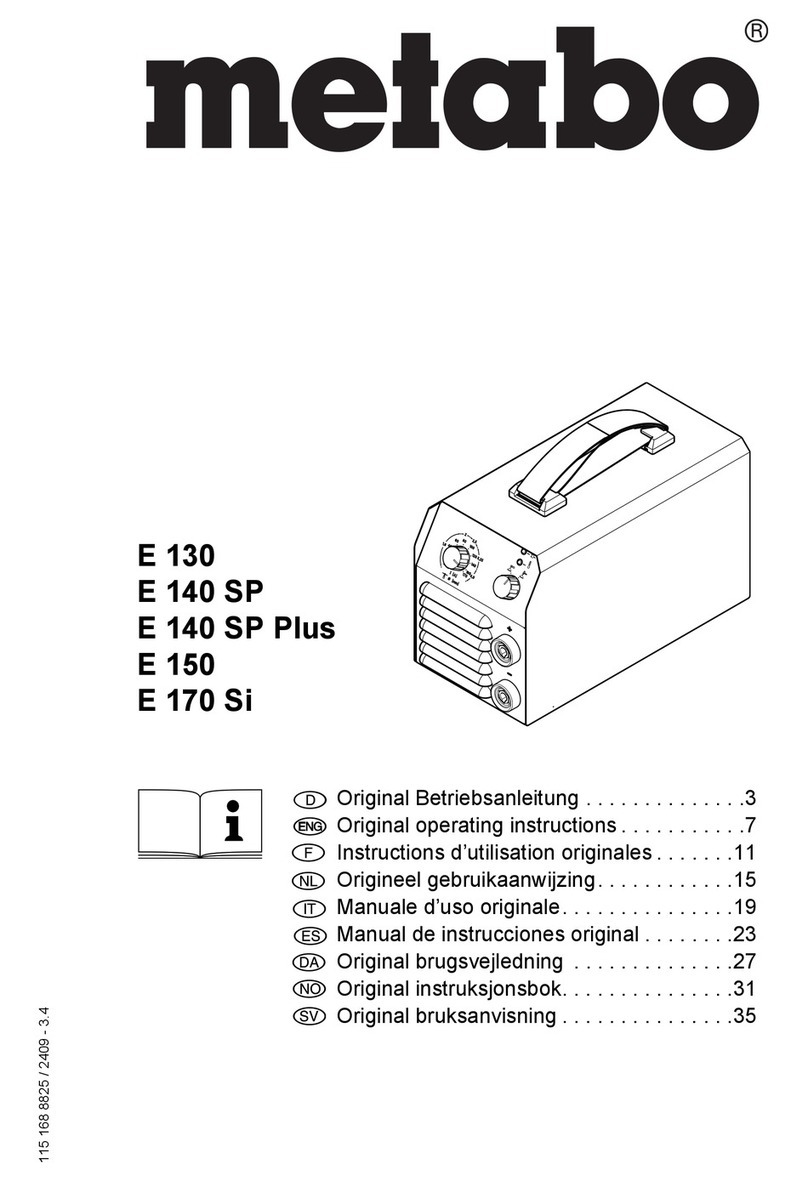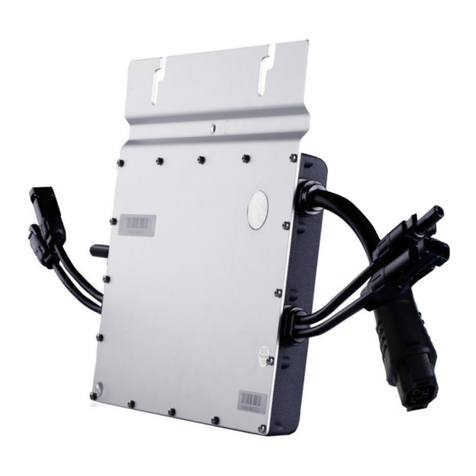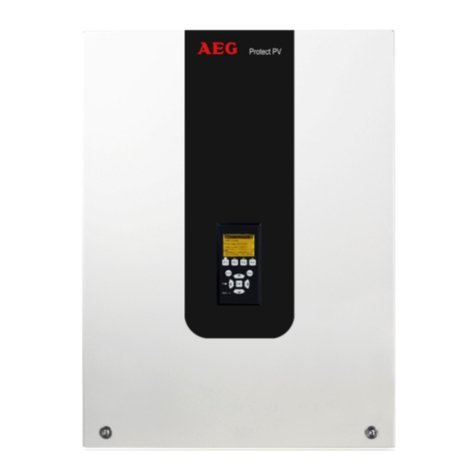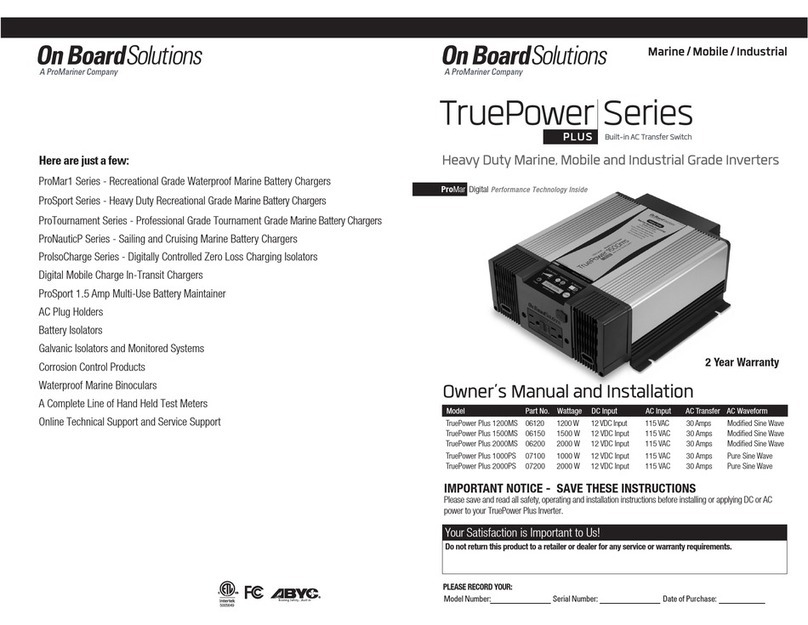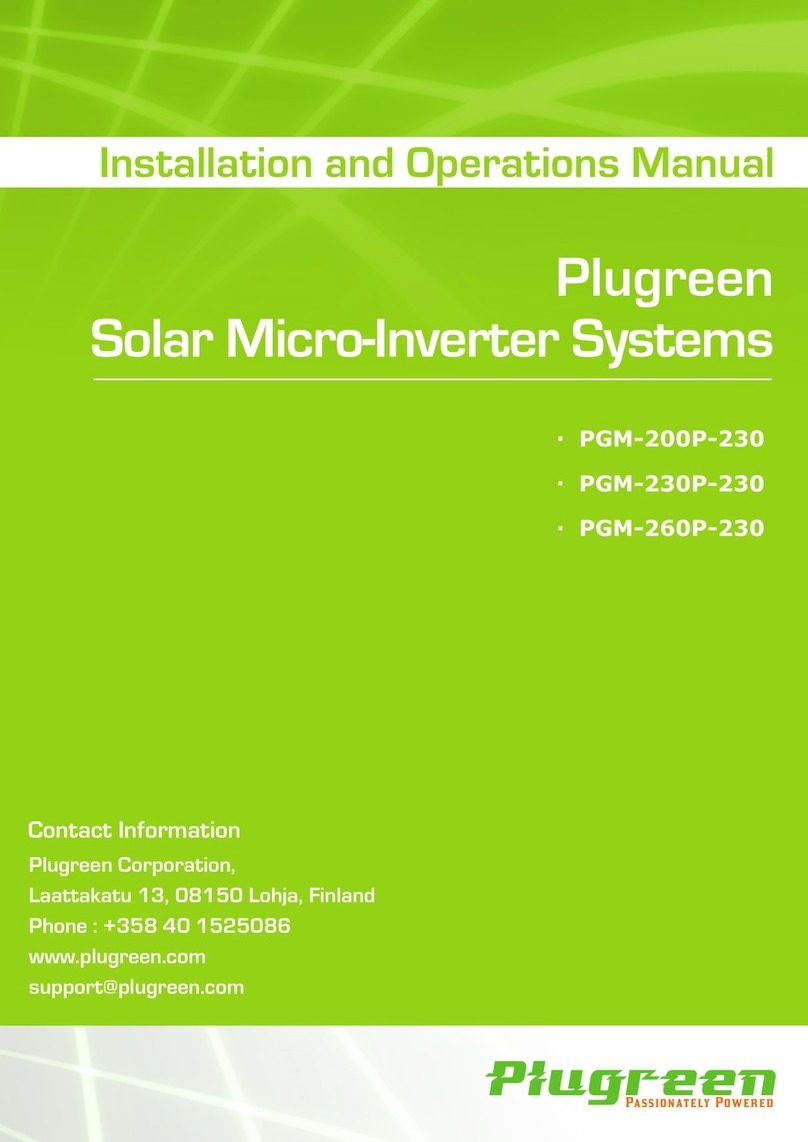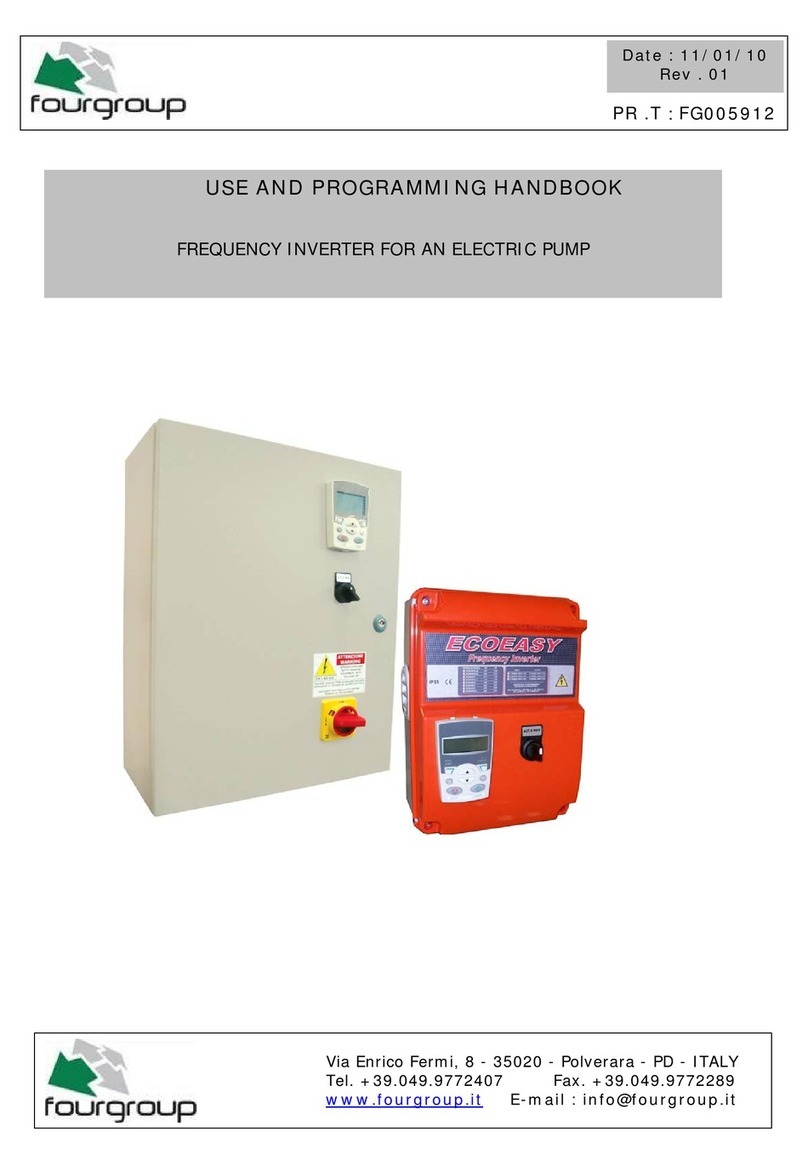H2 Series
1. SAFETY PRECAUTIONS ..........................................................................................................................1
1.1 Scope of Application...............................................................................................................................................2
1.2 Safety Instructions...................................................................................................................................................2
1.3 Target Group.............................................................................................................................................................2
2. PREPARATION .........................................................................................................................................3
2.1 Safety Instructions...................................................................................................................................................4
2.2 Explanations Of Symbols .......................................................................................................................................5
3. PRODUCT INFORMATION ......................................................................................................................7
3.1 Application Scope of Products.............................................................................................................................8
3.2 Specification for Product Model ..........................................................................................................................8
3.3 Overview of Product ...............................................................................................................................................9
3.4 Terminals Description .............................................................................................................................................9
3.5 Datasheet................................................................................................................................................................ 11
4. INSTRUCTIONS FOR INSTALLATION..................................................................................................13
4.1 Unpacking and Inspection.................................................................................................................................. 14
4.1.1 Checking the Package ............................................................................................................... 14
4.1.2 Scope of Delivery........................................................................................................................ 14
4.2 Installation Method and Position ......................................................................................................................15
4.2.1 Installation Position and Clearance........................................................................................15
4.2.2 Mounting Method .......................................................................................................................16
4.3 Mounting Procedure.............................................................................................................................................17
4.3.1 Installation Tools..........................................................................................................................17
4.3.2 Mounting Procedure...................................................................................................................18
5. ELECTRICAL CONNECTION .................................................................................................................21
5.1 Additional Grounding Cable ...............................................................................................................................22
5.2 AC Grid Wire and Backup Output Connection..............................................................................................23
5.2.1 Multiple Inverter Combinations...............................................................................................25
5.3 PV Side Connection...............................................................................................................................................26
5.3.1 PV Connector Assembly ............................................................................................................27
5.4 Communication Connection ...............................................................................................................................30
5.5 Connection Battery COMM Cable.....................................................................................................................31
5.6 Connecting Battery Power Cable......................................................................................................................32
5.7 Battery Connection .............................................................................................................................................32
5.8 System Connection ...............................................................................................................................................35
5.9 System Connection Diagram..............................................................................................................................37
5.10 AFCI (Optional) ....................................................................................................................................................37
6. COMMISSIONING...................................................................................................................................39
6.1 Start Up and Shut Down the Energy Storage System ................................................................................40
6.1.1 Start Up..........................................................................................................................................40
6.1.2 Shut Down.....................................................................................................................................40
6.2 Introduction of Human-computer Interface..................................................................................................40
6.3 Commissioning.......................................................................................................................................................42
6.4 eSAJ APP Connection...........................................................................................................................................42
6.4.1 Account Login ..............................................................................................................................42
6.4.2 Local Connection.........................................................................................................................44
6.4.3 Inverter Setting Review .............................................................................................................46
